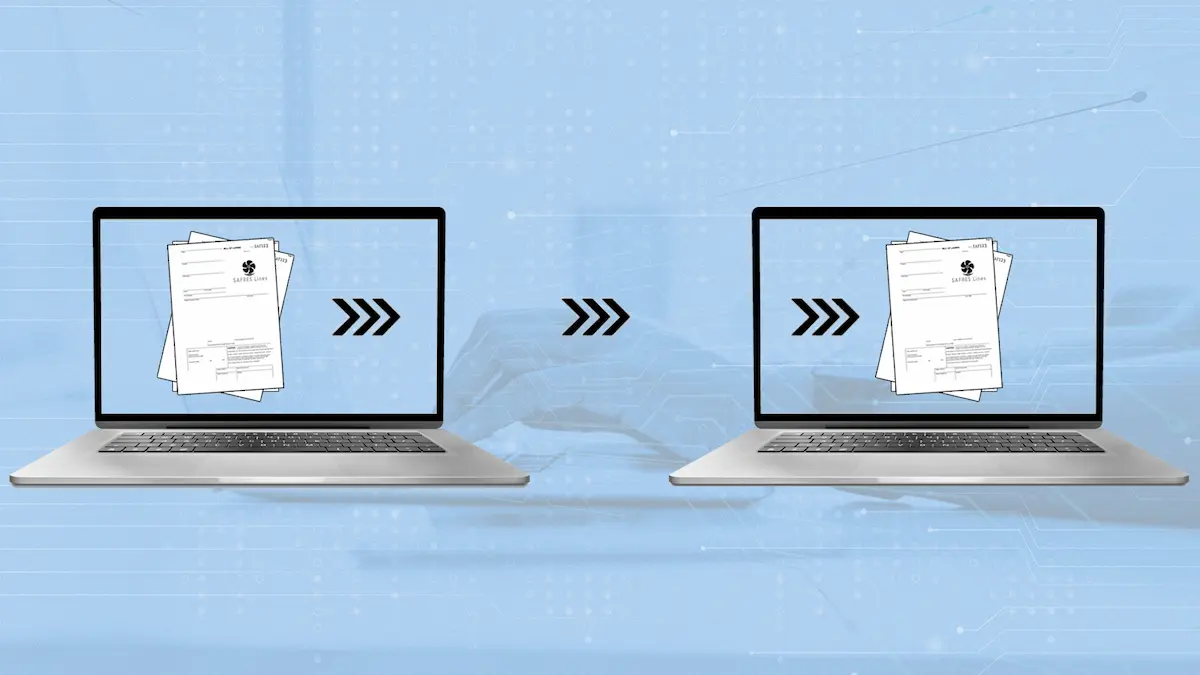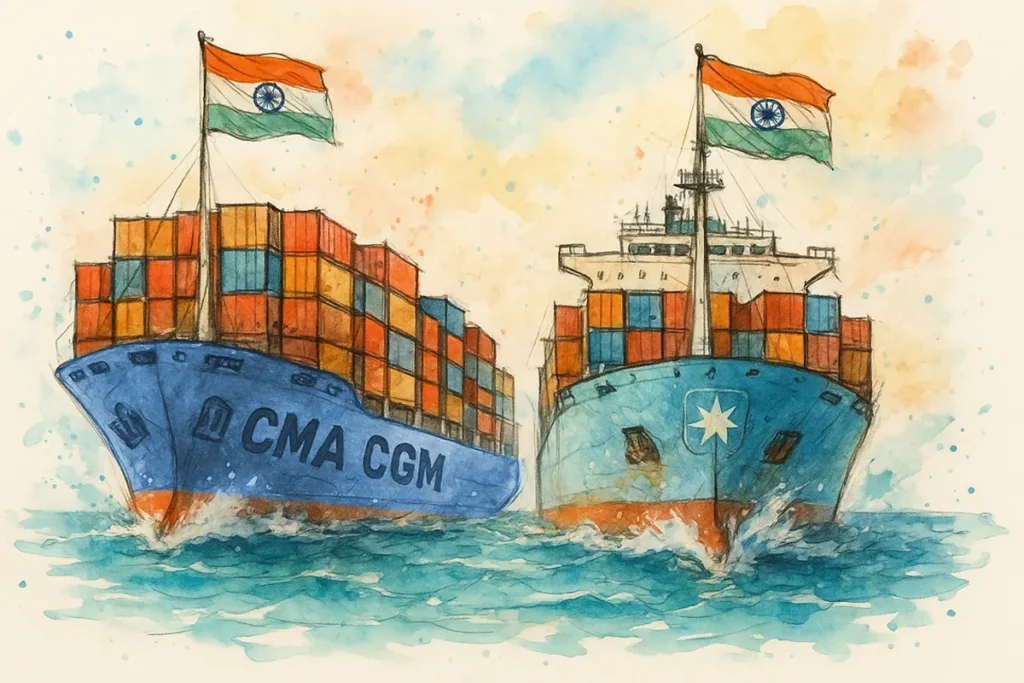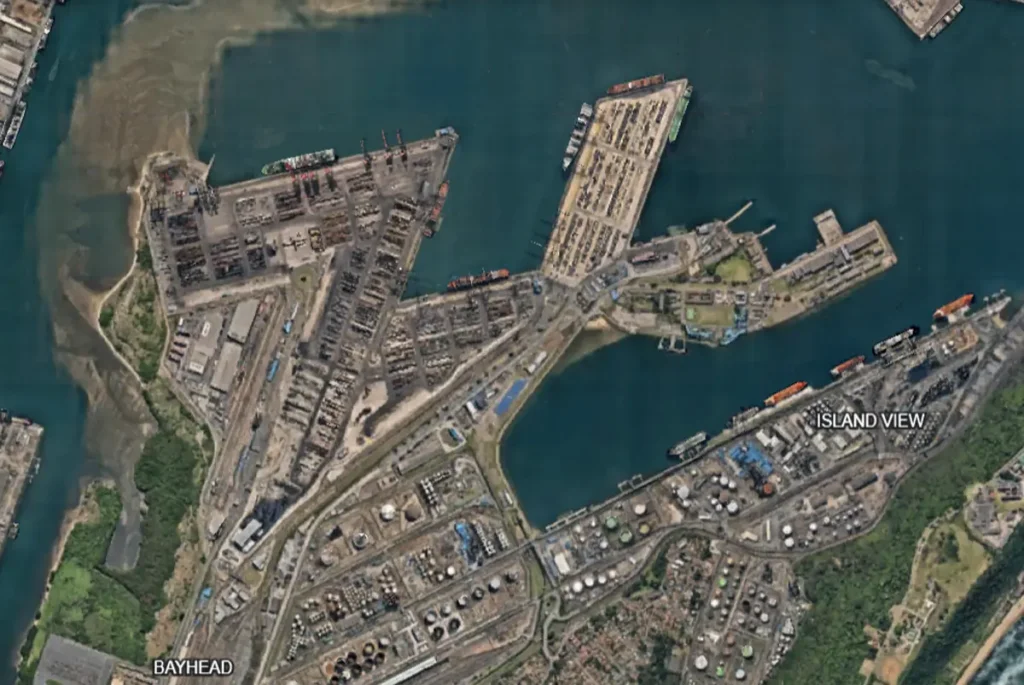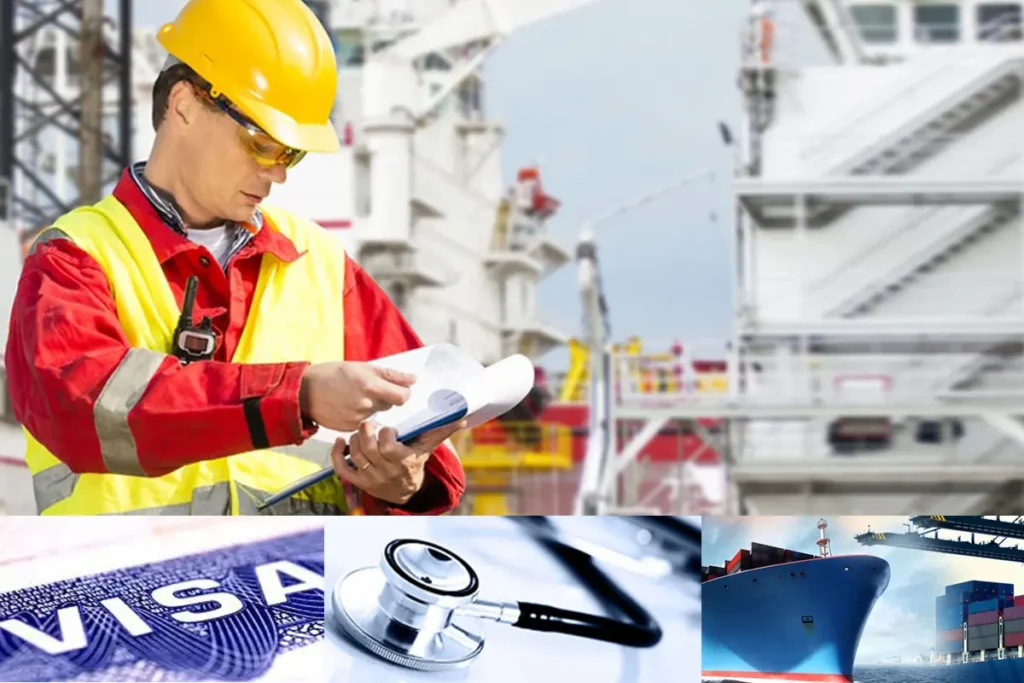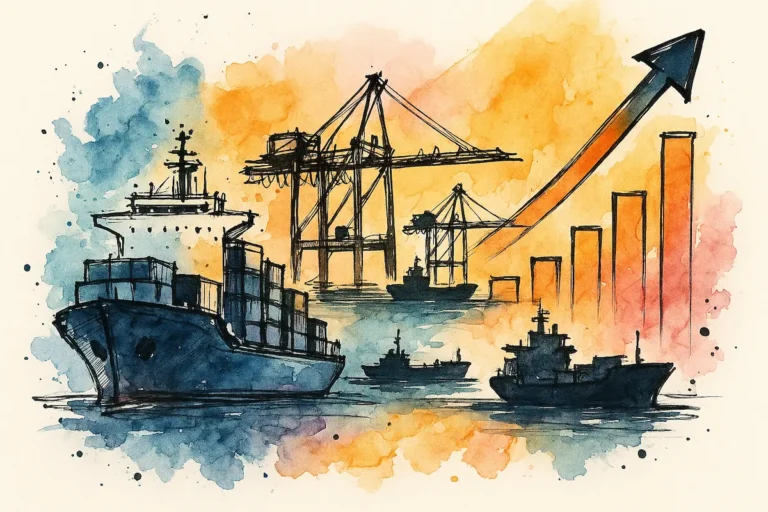As we all know, a bill of lading is a key transport document used extensively in sea freight shipments.. The bill of lading has 3 roles, purposes or functions
- Evidence of contract of carriage
- Receipt of goods
- Document of title
Out of these 3, the Document of Title is the only variable because it depends on the type of bill of lading used and how it is consigned.. The other two remain consistent irrespective of the type of bill of lading issued..
Document of Title
To expand further, a “Document of Title” in the context of a bill of lading establishes who has the right of “possession” of the goods covered in the bill of lading.. The entity that possesses this document of title has the legal authority to claim the goods or transfer ownership to another party..
While possession of this document of title is the right to possession of the goods, it is important to remember that the right to “possession of goods” ≠ “ownership of goods”..
Types of Bills of Lading
When considering a bill of lading as a document of title, it is important to remember that it depends on the type of bill of lading issued, as not all bills of lading are documents of title..
Bills of lading are usually issued as 1) Straight Bill of Lading, 2) Sea Waybill or 3) Negotiable or Order Bill of Lading..
When a bill of lading is issued with a “named consignee” it is termed a Straight Bill of Lading, rendering it non-transferable and non-negotiable.. If there is no requirement for an “original” of the straight bill of lading to be presented for delivery in certain jurisdictions, it is not considered a Document of Title..
Similarly, in the case of a Sea Waybill, as there is no original bill of lading issued, it is non-transferable/non-negotiable and therefore this bill of lading also is not a Document of Title..
This means that only a “Negotiable or Order Bill of Lading” is a Document of Title in the true sense..
With a negotiable bill of lading, it is usually consigned to variations such as “To Order”, “To the order of shipper”, “To order of XYZ bank” etc and the entity that is in “possession” of the Document of Title (bill of lading) has the right over the goods outlined in the bill of lading..
The holder or possessor of the original bill of lading has the option to transfer it to a 3rd party not linked to the shipment, by endorsing the original(s)..
It is also important to remember that irrespective of the number of originals issued for a shipment, once one of the originals issued has been duly accomplished, the other originals are deemed null and void..
Paper vs Electronic Bill of Lading
While the above proof of possession is possible with a paper bill of lading, the playing field shifts considerably when it comes to electronic bills of lading (eBL) particularly relating to the “proof of possession”..
While the carriers who issued the electronic bill of lading have full visibility of the eBL and its current possessor, others in the chain such as customs and ports, who may in some jurisdictions require proof of possession of the document of title, may not have the means or tools (such as a digital platform) to have this visibility or verify it..
This creates a problem in demonstrating the possession of the document of title to stakeholders outside of the chain when using Electronic Transferable Records (ETRs)..
This is the topic of discussion in a LinkedIn article by Boaz Lessem who says “One of the key challenges in adopting ETRs is that not all parties who interact with bills of lading (such as customs) or bills of exchange (such as courts and notary publics) are likely to join a specific Platform.“
“This situation highlights the need for a mechanism that allows possessors of ETRs to have the ability to demonstrate their possession externally, beyond the confines of the Platform,” adds Lessem..
But of course, our industry is a master at creating innovative solutions to unique problems or “problems to solutions” as some industry naysayers put it..
The gist of the article is that in an electronic trade environment, possession is about demonstrating control of the unique electronic transferable record which is managed through a digital platform or registry that tracks, authenticates, and time stamps all transfers of possession..
While those in the platform can see these records based on their access, what is the solution to prove possession to those outside of the platform like customs, courts, port..??
Enter Digital Certificates of Authenticity
As per Boaz Lessem, a digital Certificate of Authenticity (CoA) is a promising solutions to overcome this challenge..
The CoA acts as a verifiable record that the possessor held the eBL at a specific moment in time and that certain actions such as endorsements, amendments, or surrender were completed according to the records in the platform where the eBL is moving..
Using this CoA that may be accessible in an electronic (PDF) or printed format, parties can demonstrate possession of the eBL to entities who are not in the platform where it was issued..
This certificate can be shared with customs officials, courts, or any third party to prove possession..
The CoA will have unique IDs, digital signatures, and a QR code for verification and to demonstrate possession as well as any previous title transfers or surrendering of electronic bills of lading (eBLs)..
A CoA is designed to align with international and domestic legal frameworks, including UNCITRAL’s Model Law on Electronic Transferable Records (MLETR) and the UK Electronic Trade Documents Act 2023..
Conclusion
While the CoA comes across as “another document” in the list of documents used in sea freight, it is a viable solution to bridge the gap between entities that are in the platform and those that are not..
It is envisaged that all entities will one day be on the platform or have means to interact with the various platforms in play currently and issues of possession and demonstrating possession will be easier..
While there are not a lot of jurisdictions around the world that require a proof of possession, for the areas that require it, the CoA seems a workable tool to enable the progression of the digital transformation.. Many in the industry are working on digital transformation and the CoA could be a means to fast-track the adoption of digital trade documentation across various sectors..

